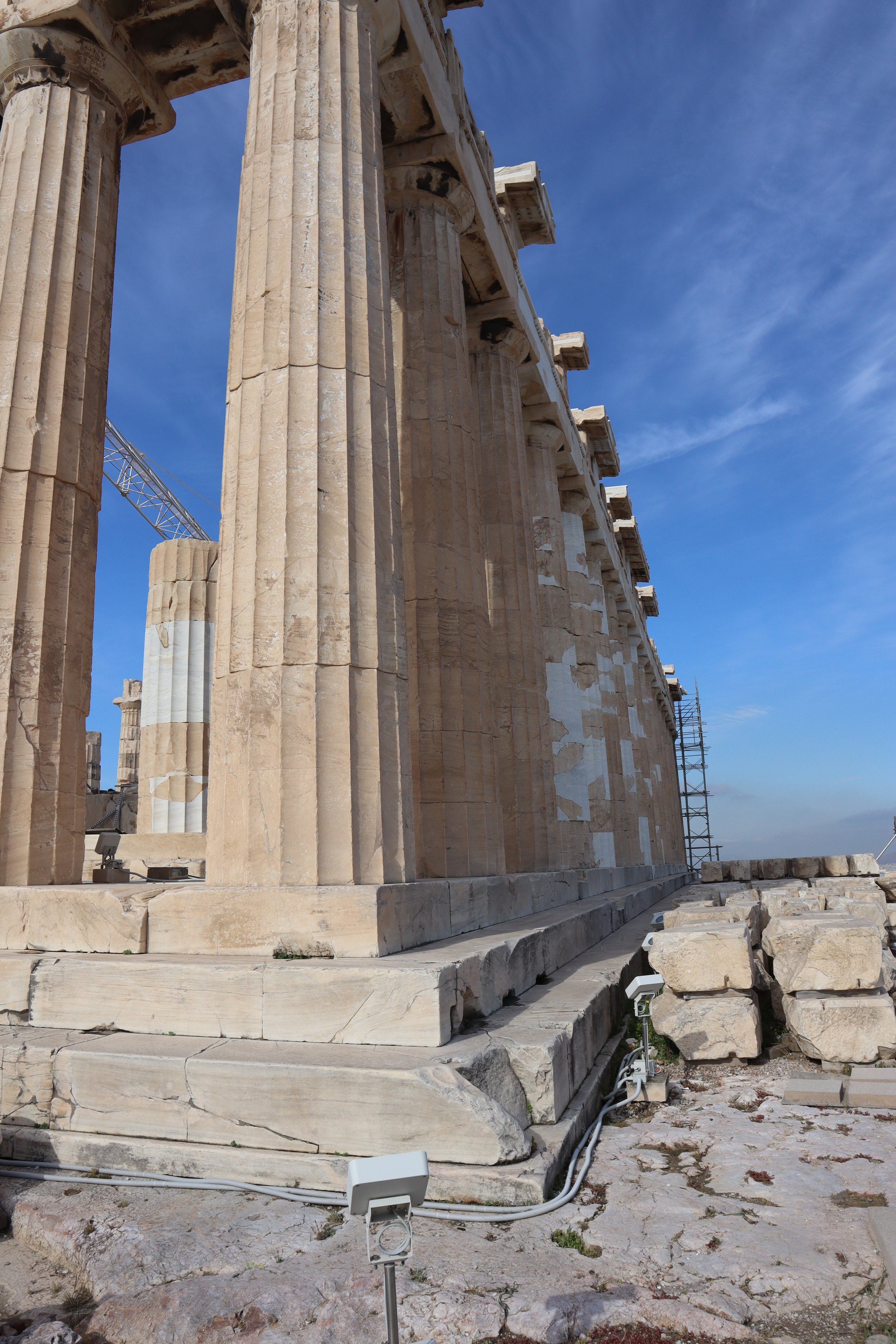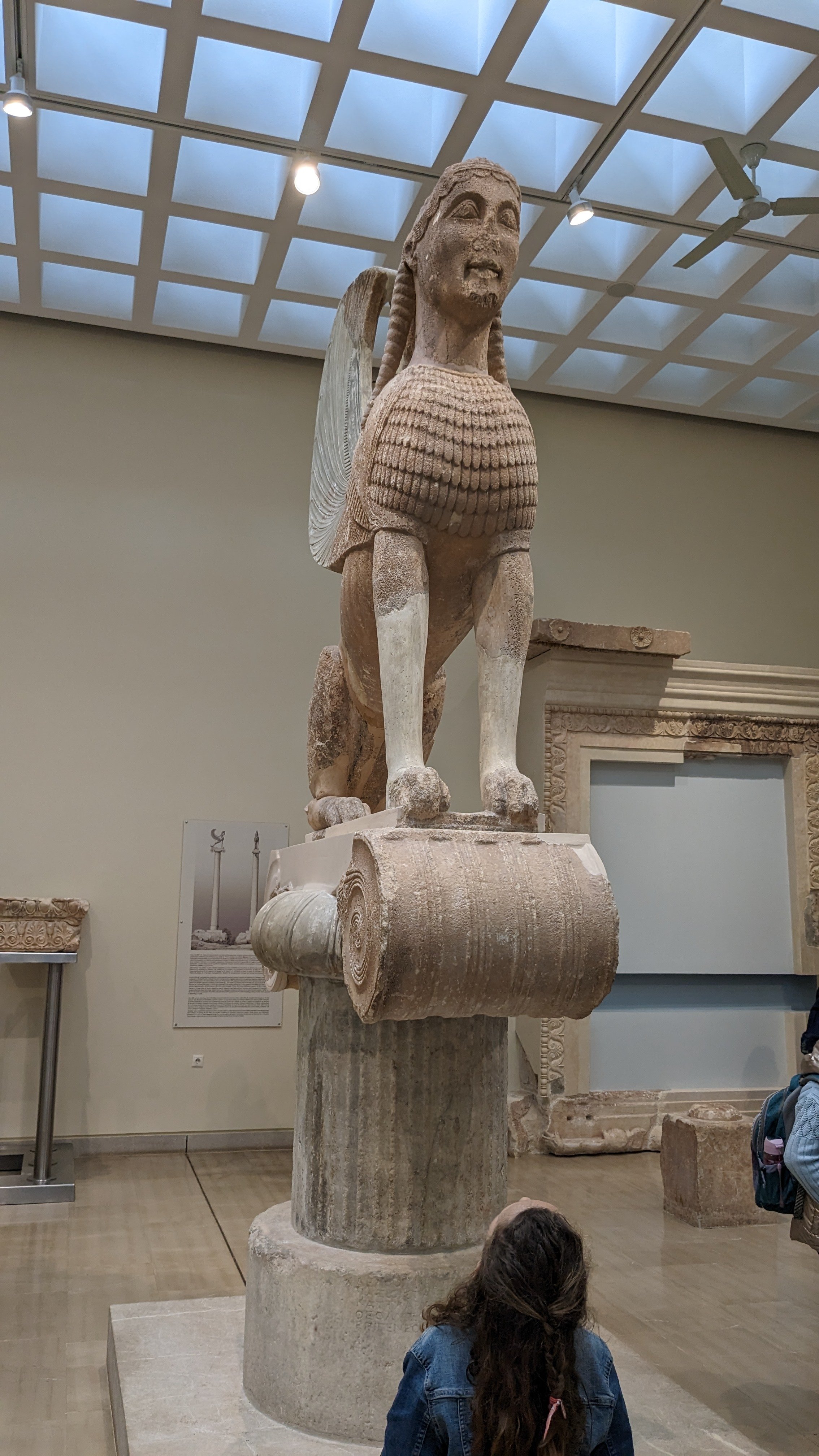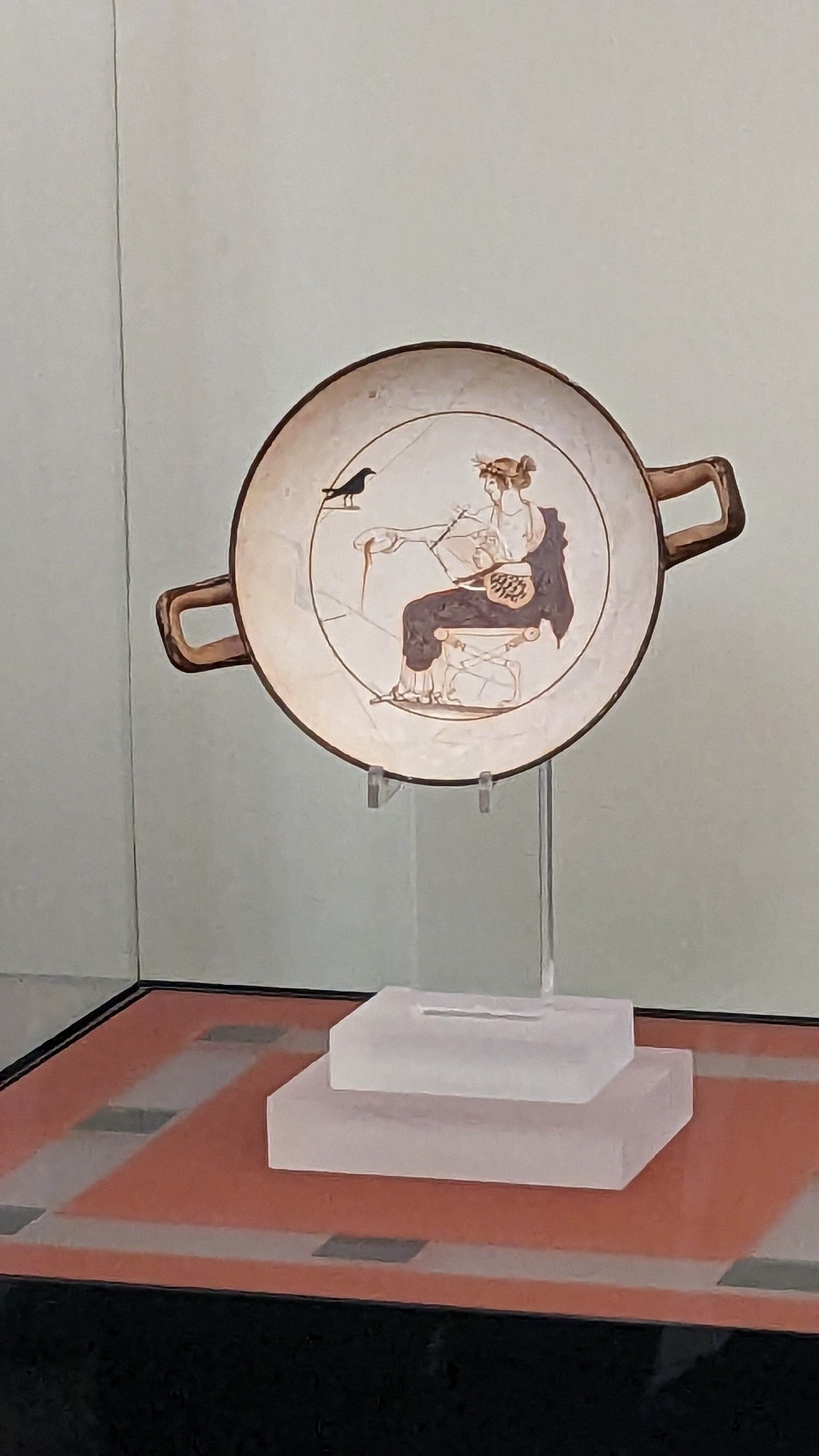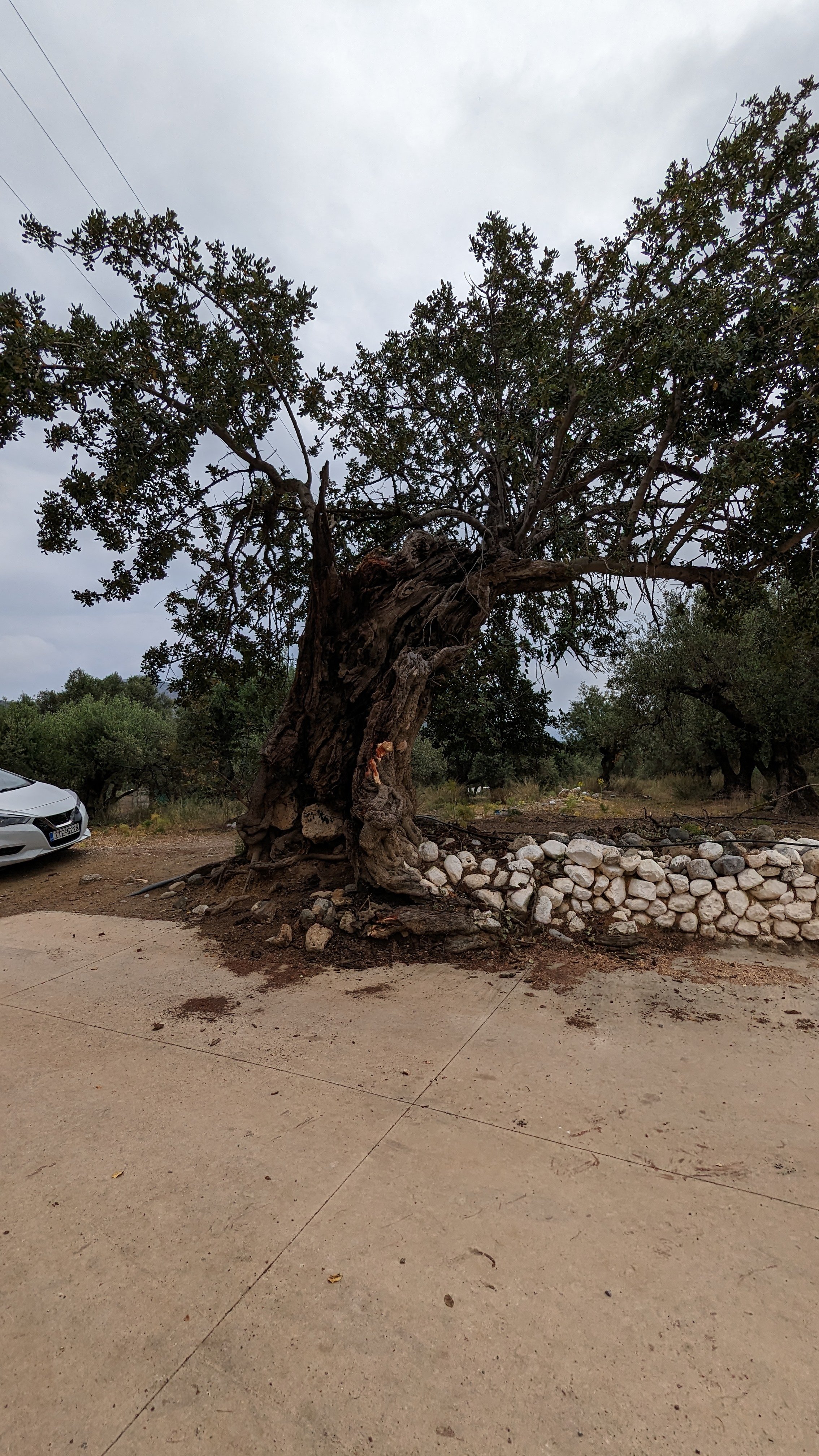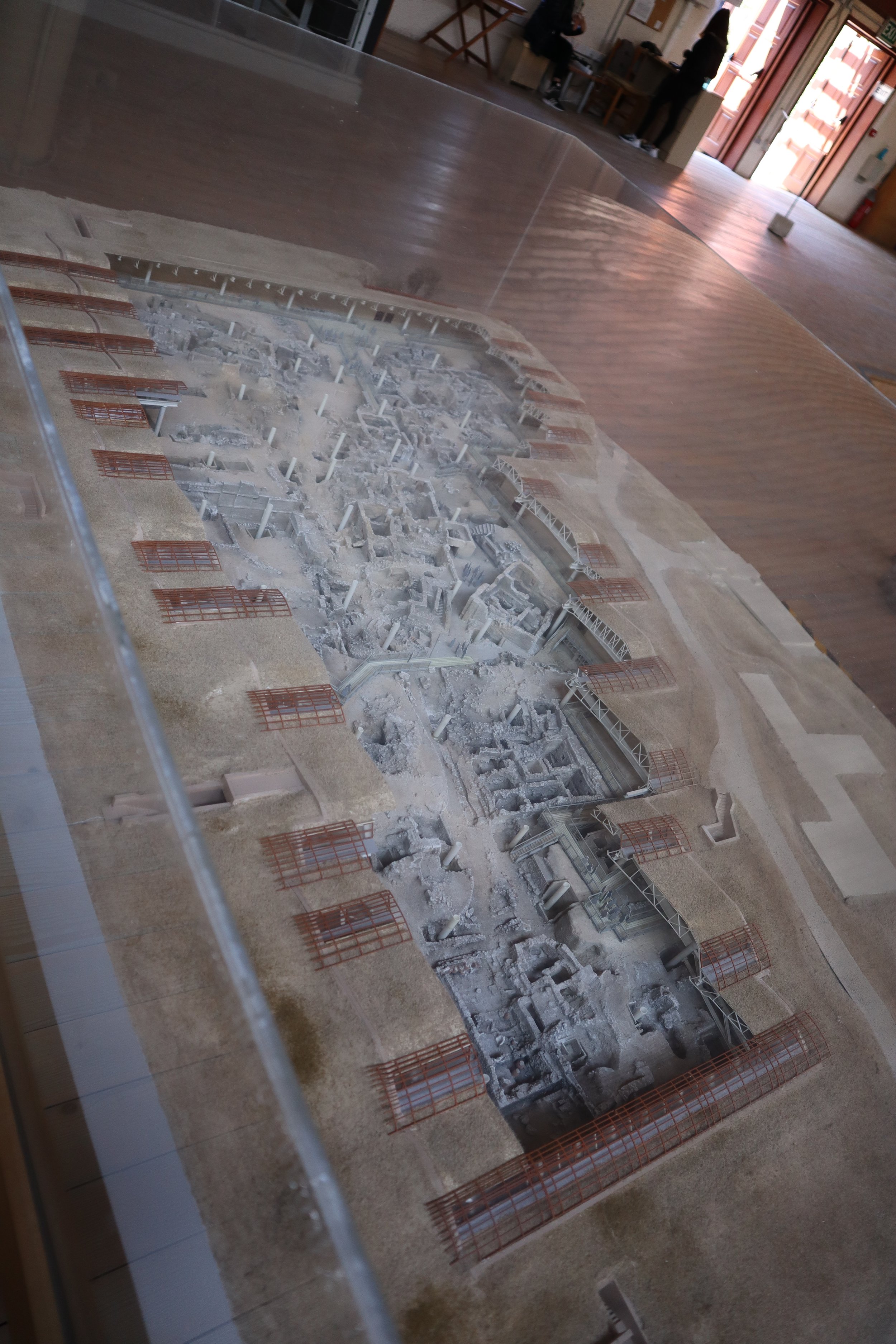For the last three years my beautiful and talented wife and I have been trying to go on a tour of Greece that included Crete and all of the great Minoan history there. We finally managed to go in May this year. We went on a tour with Smithsonian Journeys aka Odysseys Unlimited called Classical Greece. We’ve been on many other tours with these folks and as usual the whole experience was top notch. So, lets go day by day…
Day 1,2: Travel to Athens
We flew out of Boston to Munich on Lufthansa ( a partner of United where I have most of my miles ) overnight arriving early in the morning. We fortunately have lounge access so our five hour layover due to a connecting flight change wasn’t as bad as it could have been. We got into Athens a little late but on the good side our luggage made it and it was returned very promptly. We took a cab to the hotel the Athens Capital Center Hotel.
We checked in and in an effort to stay awake for a few more hours we went up to the rooftop bar and had a cocktail.
Day 3: The Acropolis, The Parthenon, Acropolis Museum, and the Benaki Museum of Greek Culture
Our first real day on the tour we are in Athens, breakfast at the hotel was excellent and after a lot of coffee we headed out to go to the Acropolis. We took the bus part of the way up and then walked up through the gates. We were here fourteen years ago but the site, located on top of the hill overlooking Athens is always amazing to look at. They’re in the middle of a major restoration of the Parthenon which is the huge temple at the center of the site. We were early enough that it wasn’t very crowded and we could move around easily. Our guide Lena was excellent, very informative, very organized, and very strategic about where she brought the group and when.




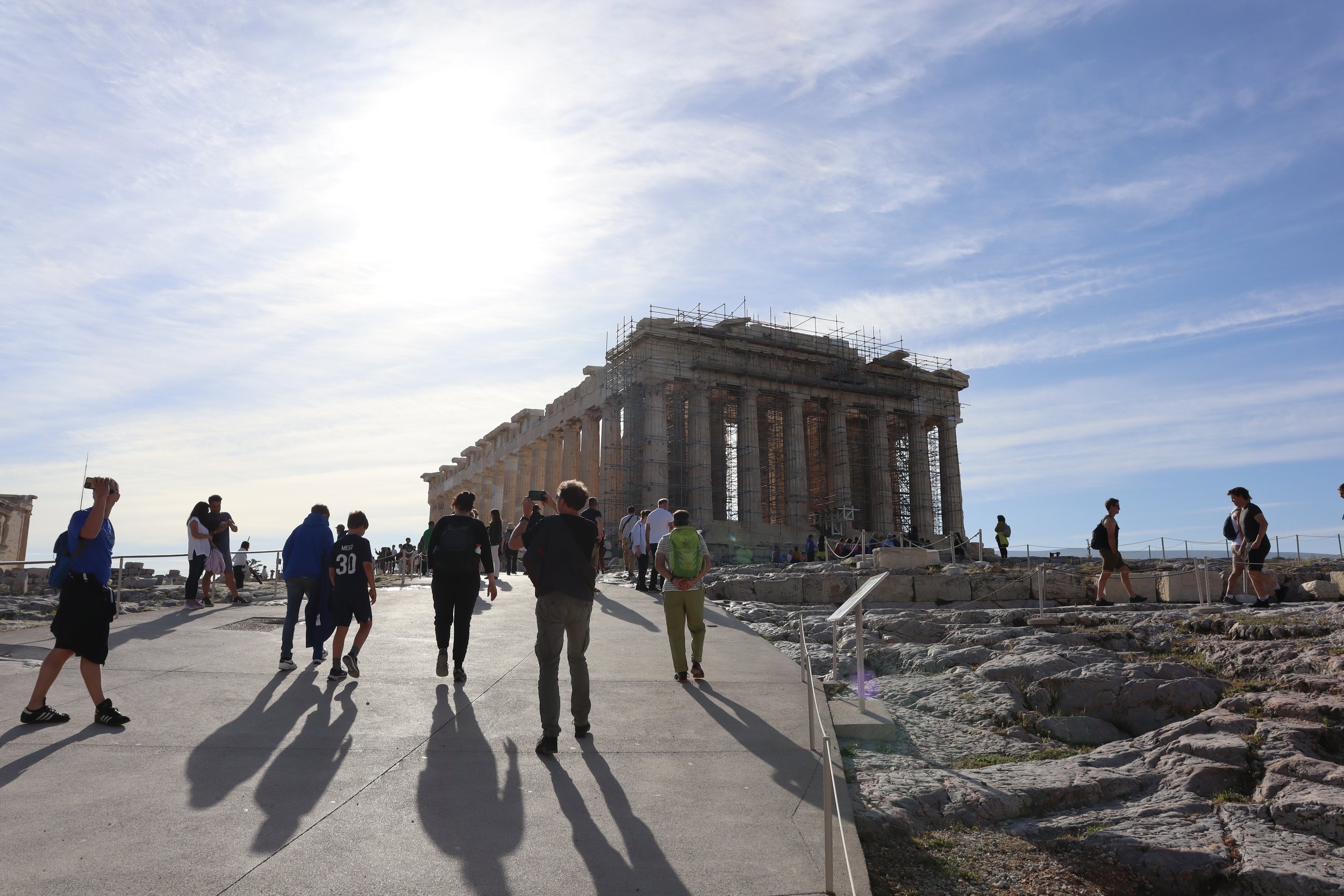



After getting a chance to walk around the Acropolis we went back down the way we came up and walked to the new Acropolis Museum. We were very excited to see this museum as we just missed it’s opening when we visited fourteen years ago. This museum is really beautiful and thoughtfully presented especially the upper floor which is a full scale representation of the marble carvings that used to adorn the Parthanon including detailed replicas of the stolen carvings that are held at the British Museum. Hopefully someday the British Museum will change it’s position and return the carvings in their collection to Greece and they can be displayed here where they belong.





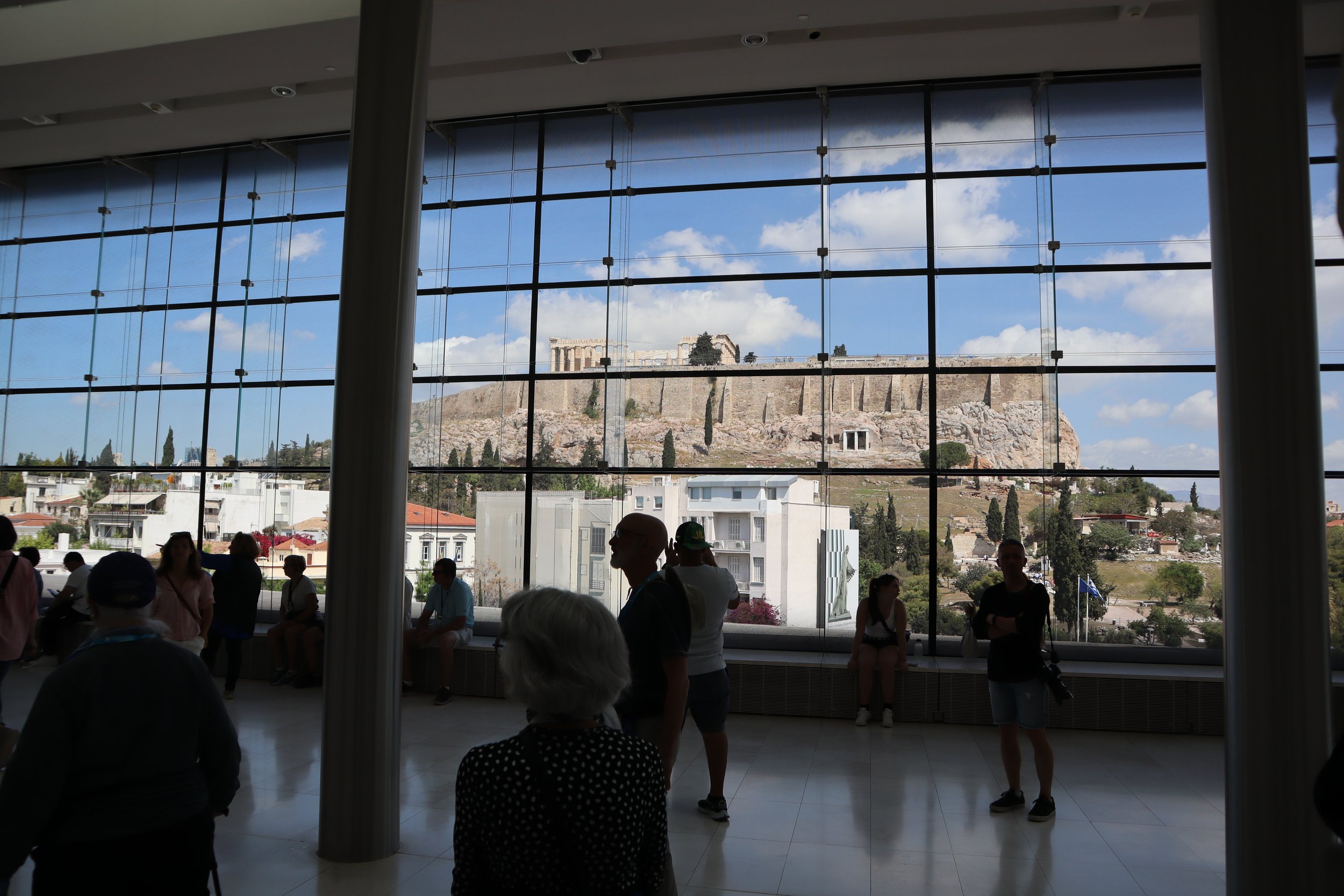



After getting some lunch at the museum cafe we returned to the bus and went to see the Benaki Museum of Greek Culture. This museum is a private collection of a great number of cultural artifacts from Greece. The presentation is a bit old fashioned but the collection itself is very extensive and impressive.









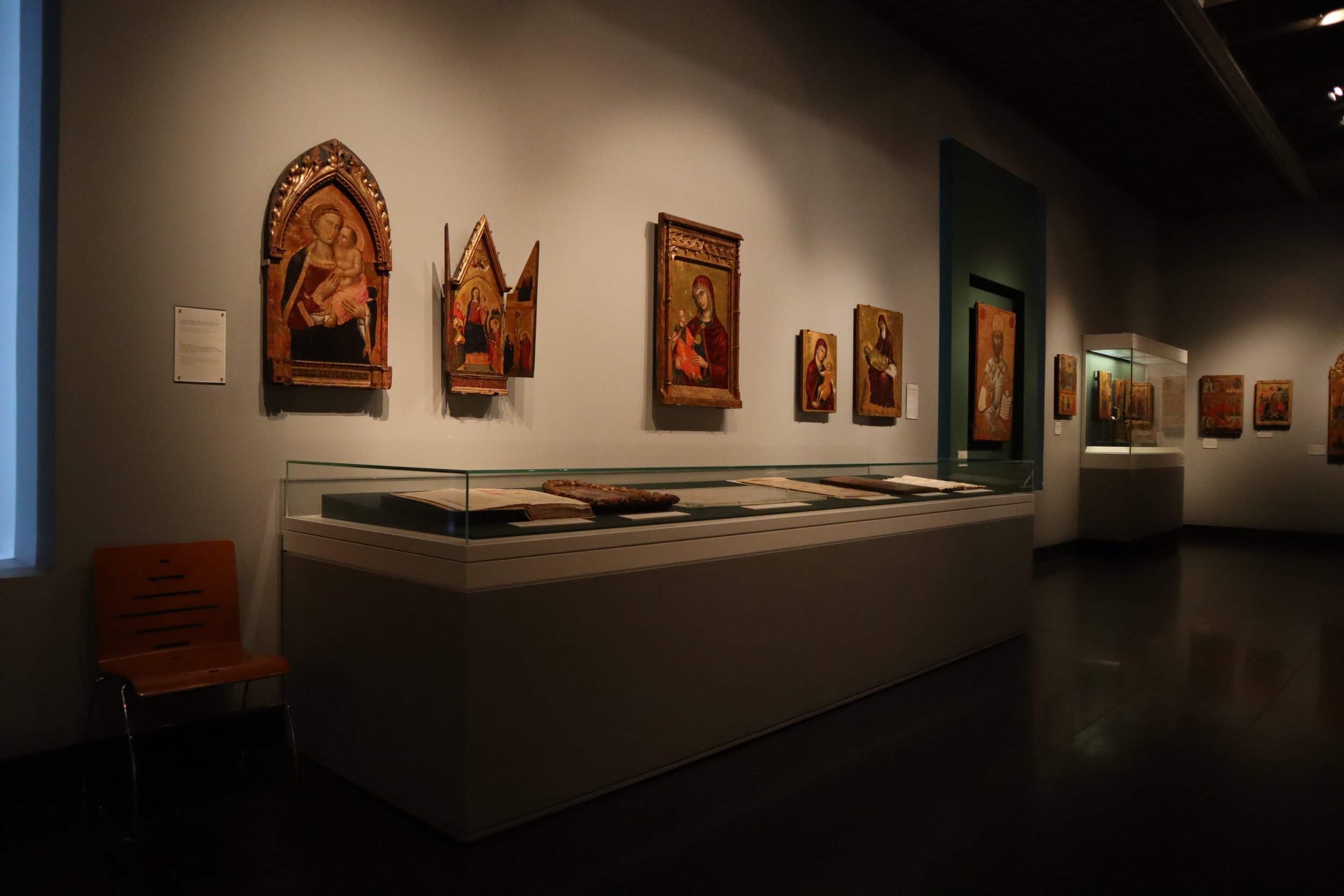


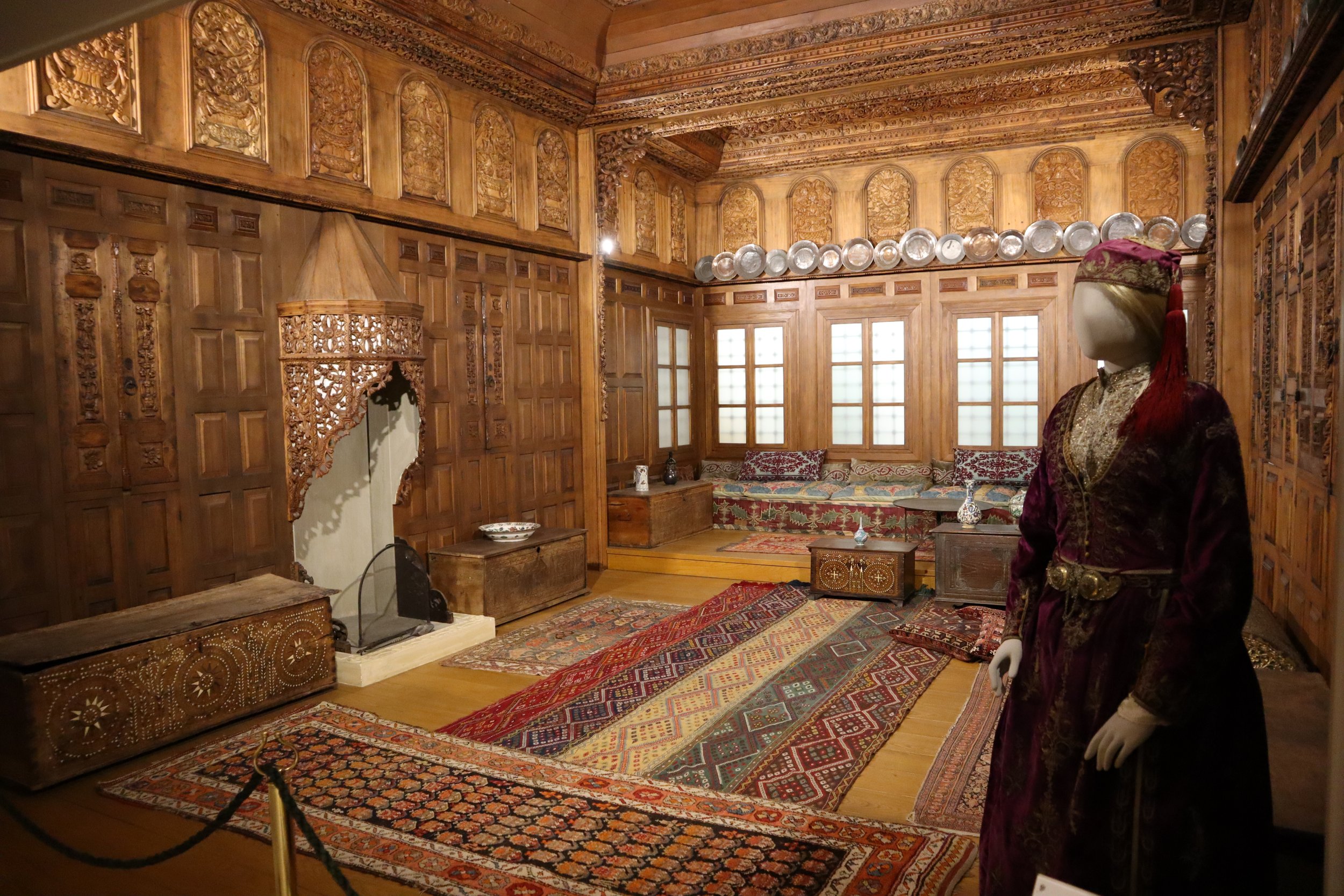

We had a lovely group dinner, which like most of the lunches and dinners on the trip involved excellent Greek appetizers followed by an excellent main course and then some kind of sweet desert. It was definitely good that we were on our feet all day. Needless to say sleeping was not a problem.
Day 4: Delphi
We got on the bus early for the drive to Delphi which is on the slopes of Mount Parnassus a couple of hours drive out of Athens. This is one of the most important oracular sites in Greece. People would travel from all over the Greek world to bring offerings and petition to ask for a prophesy from the Oracle. On the hill as you walk up to the main temple there are treasuries, statues, small temples, all of them offerings from cities or very wealthy people. Many of the artifacts in the museum are offerings that were excavated on the site. At the bottom of the sacred way up the hill there were vendors selling things to use as offerings or even just as souvenirs.
It was raining lightly when we arrived, the mist gave the whole place a great atmosphere. The views as you climbed up to the temple are beautiful looking down the valley. It is one of the nicest ancient sites that I’ve visited for it’s location and landscape.


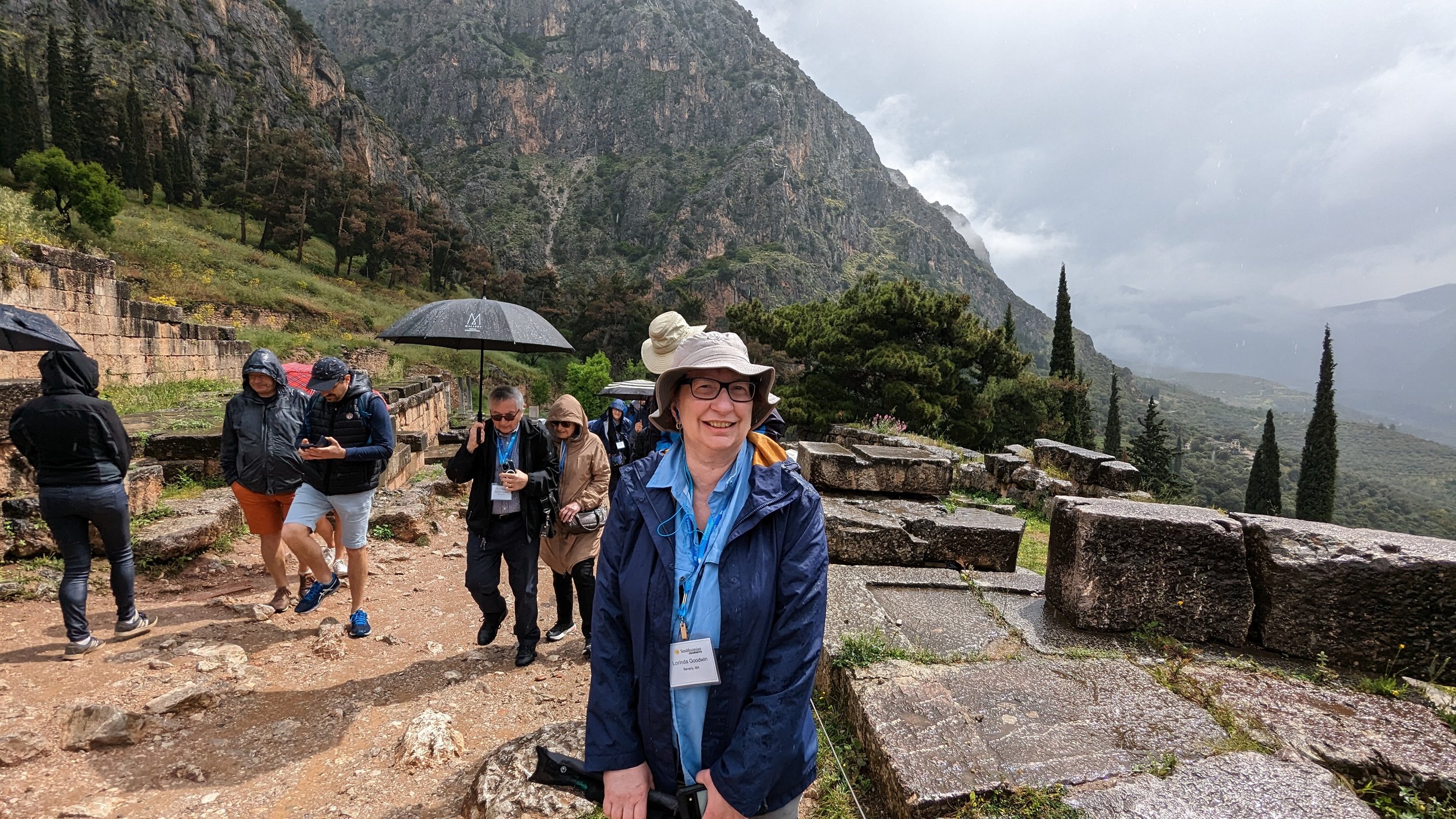







Again, due to the planning of our tour guide we were there before the hoards that usually crowd the site. We walked down from the site to the museum located on the road below. It was a really nice modern museum with some very striking artifacts from a number of periods of the temple’s use.







Day 5: Corinth / Peloponnese
In the morning we went to the National Archaeological Museum which was just stupendous. There are collections from all periods of ancient Greece along with excellent presentation and documentation. We almost had the museum to ourselves.



From there we took the bus to visit Ancient Corinth. This is where the apostle Paul addressed the Corinthians ( who decided not to prosecute him for blasphemy for his thoughts on the one God ). It was cool to stand below the platform in the agora where he would have given his speech. The city is very well preserved. It was an important port city back in ancient times.





From there we went to the town of Nafplio a nice coastal city on the Peloponnese to have dinner and spend the night.
Day 6: Epidaurus, Mycenae, and Nafplio
First thing in the morning we left on the bus to go to the ancient city of Mycenae which was a powerful local city that controlled the area around it. It was built by the first Greeks by language and writing who are called the Mycenaeans. Many of the stories of Homer relate to these people and their legendary adventures.






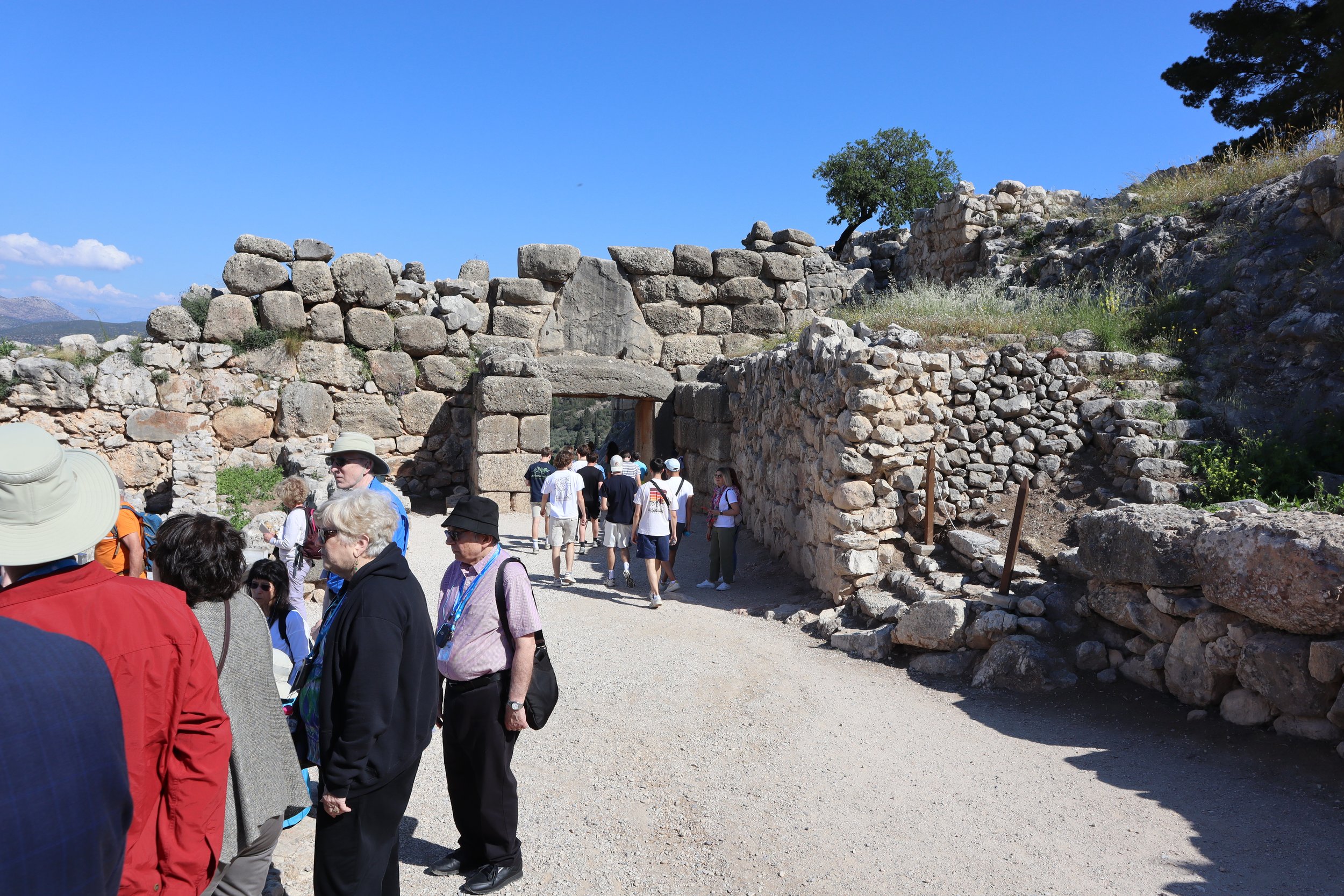





After visiting Mycenae we went to a nearby town of Epidaurus which was a special healing shrine. People would travel there and stay in the hospital and receive treatments for whatever was ailing them. Of course most of these treatments were mystical in nature so perhaps not directly effective. But perhaps leaving their day to day life to rest in the sanctuary helped a lot of folks recover on their own.


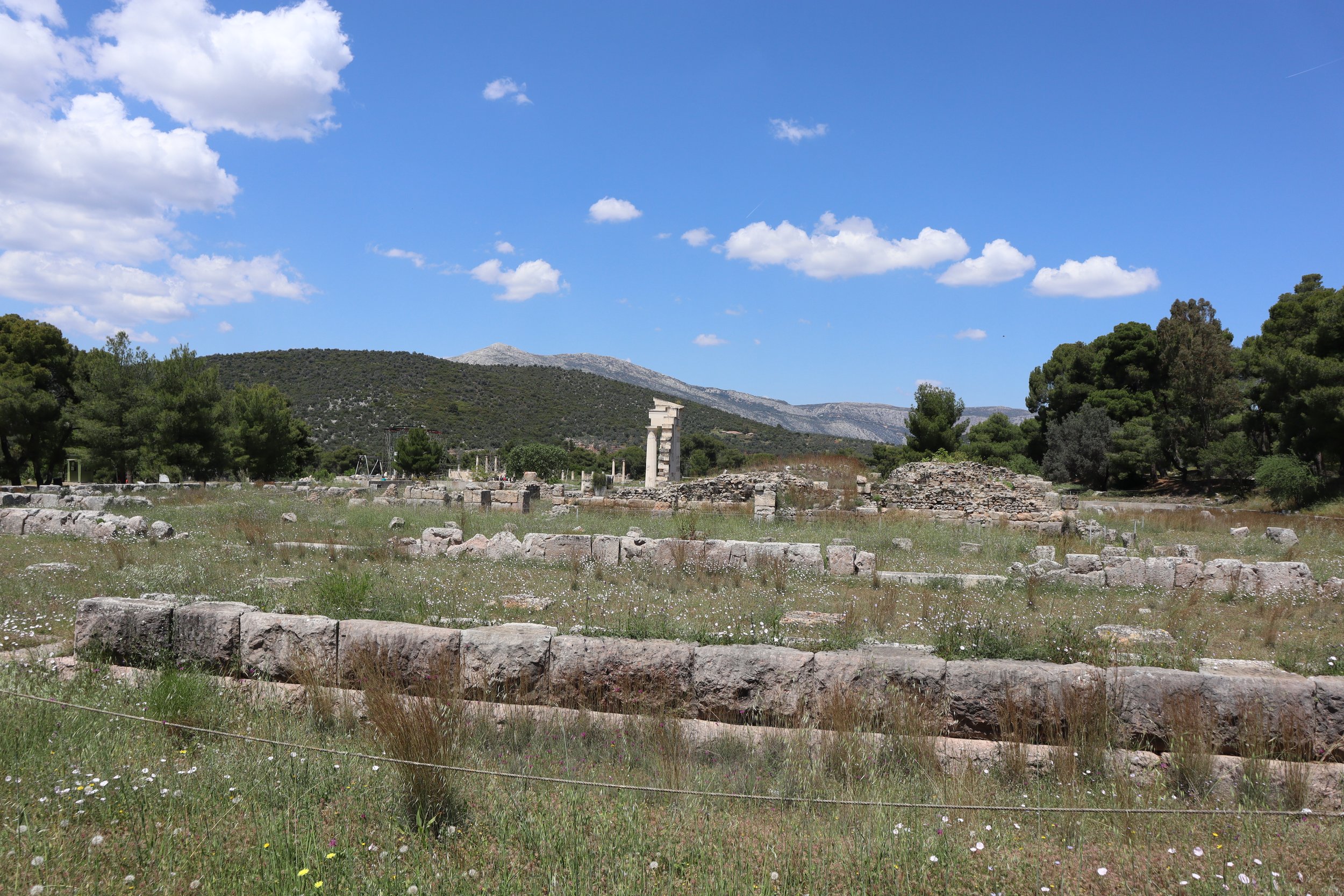


We had the afternoon off, which in general meant we had lunch and then had a nap.
Day 7: Hydra
This day was a day trip by boat to the island of Hydra off the coast of the Peloponnese. It was a nice island with a charming waterfront. It was a nice break from taking in lots of information about Greek history for several days. We just wandered around and then had lunch before returning on the boat.














Day 8: Heraklion, Crete
We drove back to the airport in Athens and took a short flight to Crete and basically just checked into the hotel and had dinner after a short walk through town.




Day 9: Knossos
We went first to visit the Archaeological Museum in Heraklion, they have all of the finds from Knossos and other sites on Crete. Knossos was a Minoan city built in the Bronze Age and the Minoans were a pre-Greek civilization with probably a different language and their writing called Linear-A has not been deciphered. Their art and their architecture however are amazing and you can see it’s influence on later Mycenaean works. They were a sea faring culture that traded with the Egyptians and were recorded by them in paintings and writings. Knossos was excavated and reconstructed by the English Archaeologist Arthur Evans. We also visited the reconstructed site, it gave a great impression of what the architecture of the Minoans would have been like.



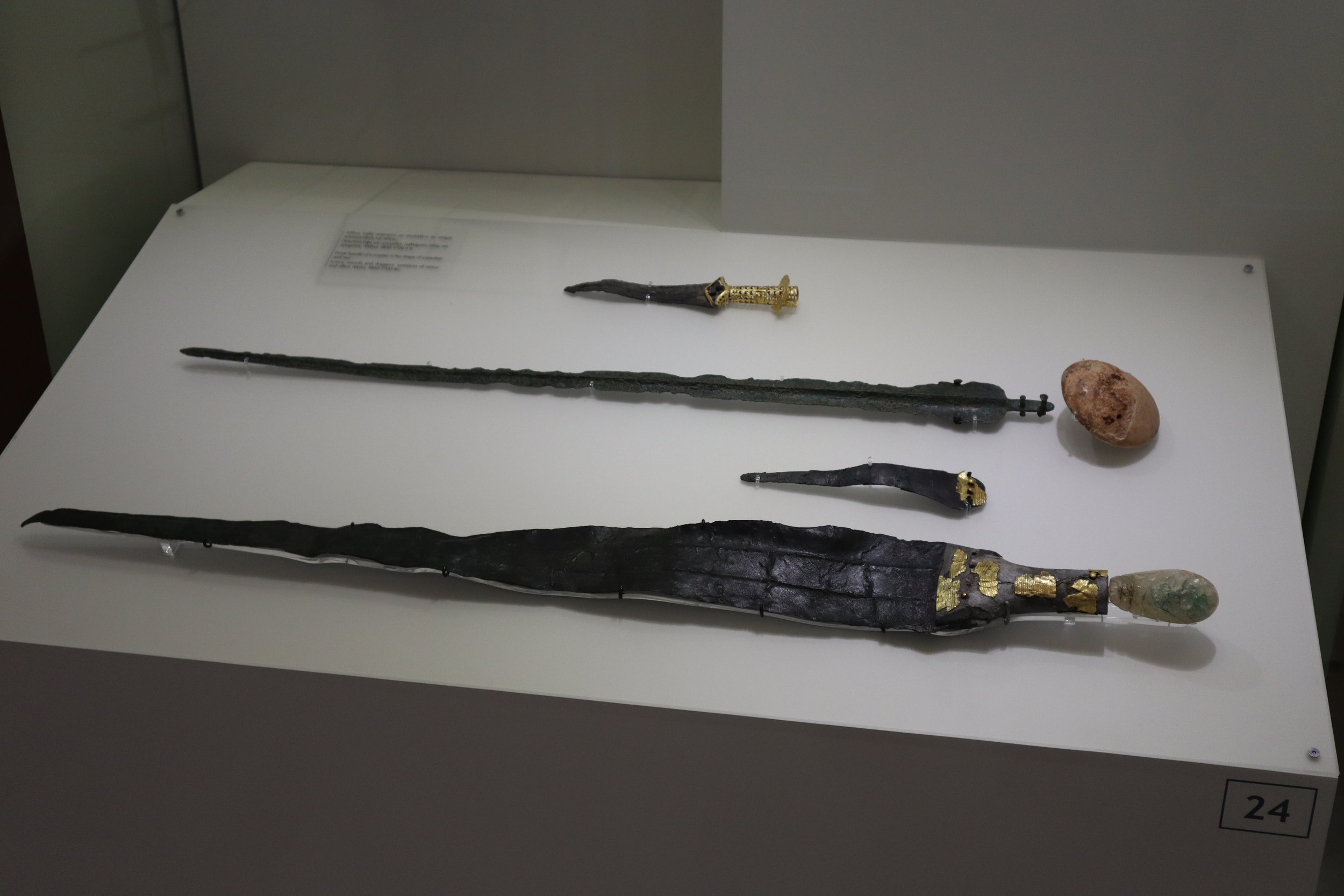

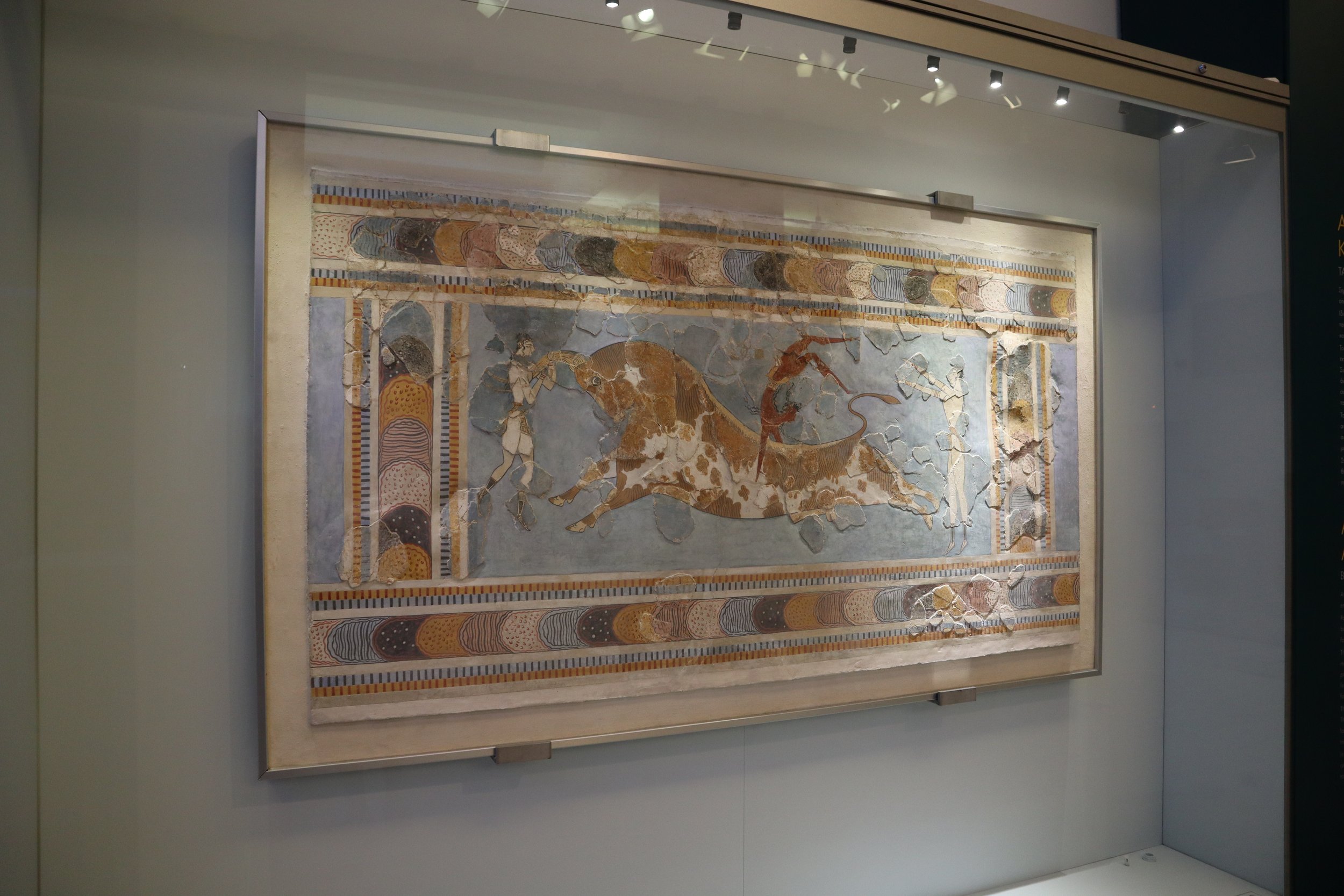

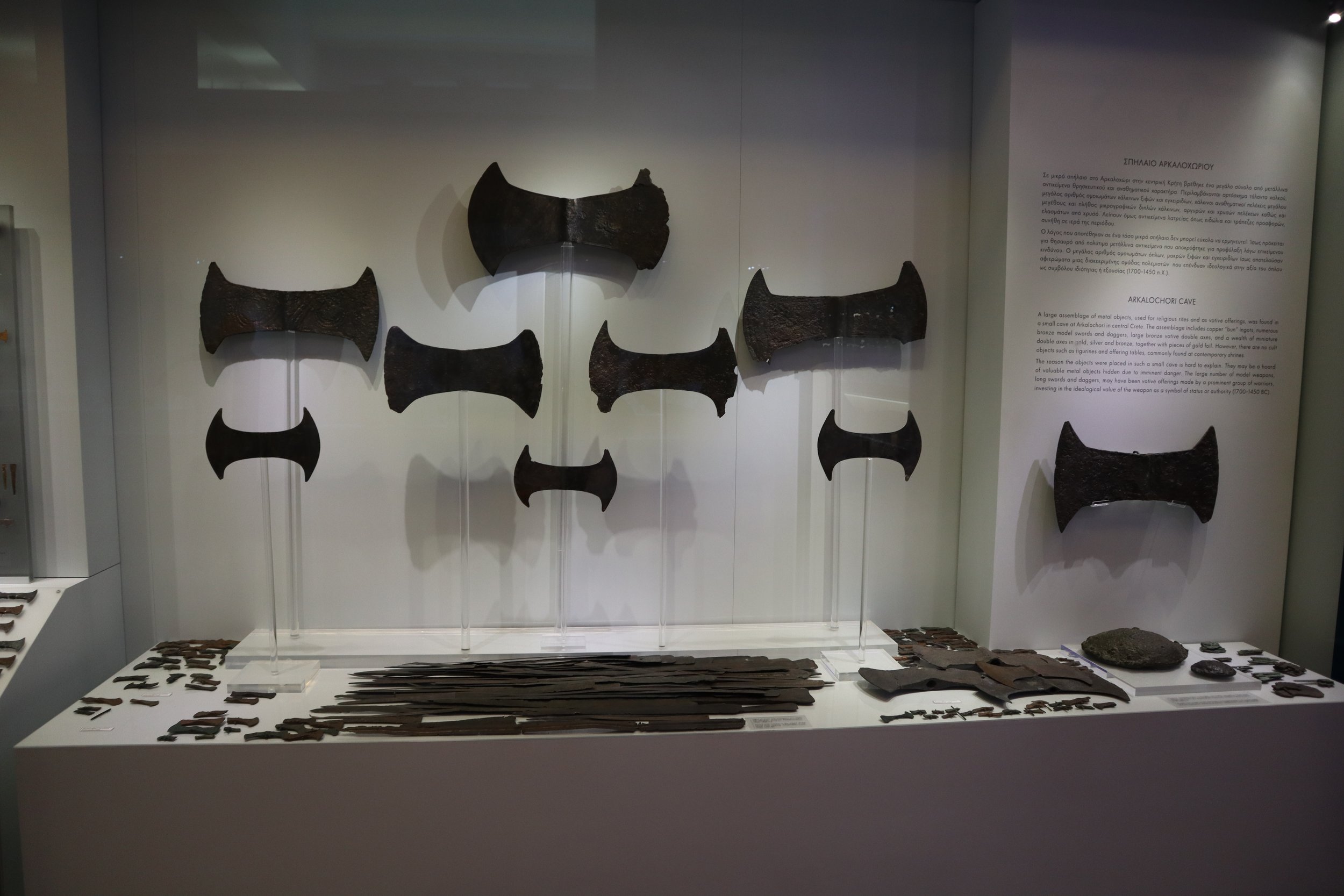




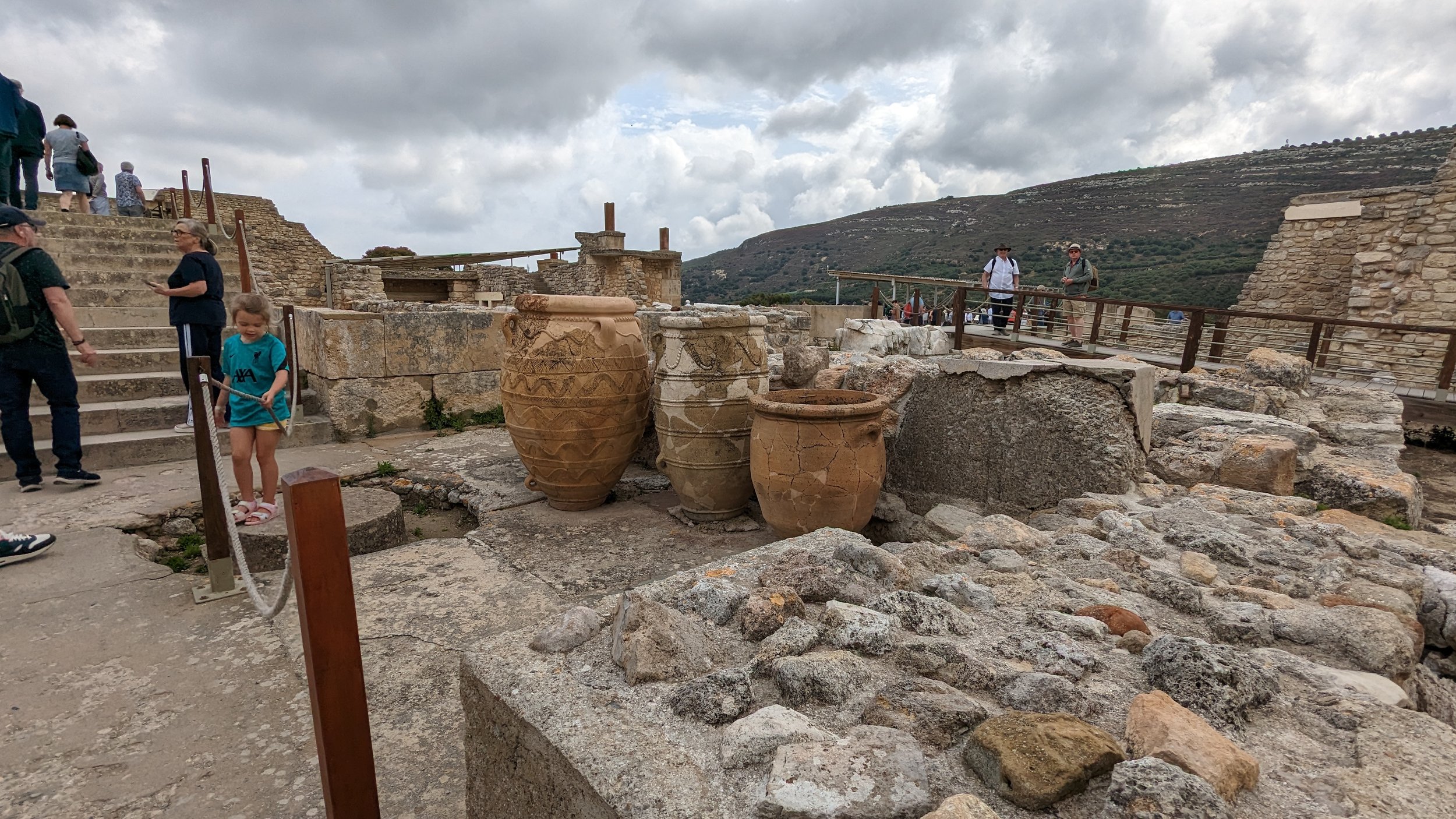



Day 10: Spinalonga
This day was another sight seeing trip to a small island off of Crete called Spinalonga which was a Venetian fortress later taken by the Turks and then made into a Leper colony. We wandered through the fortress and had a boat ride around it. Then we went back and had lunch in a small town near by provided by a women’s collective who do traditional cooking for weddings, festivals and other celebrations. They were very kind to us and the food was wonderful, several items I’d never had before.


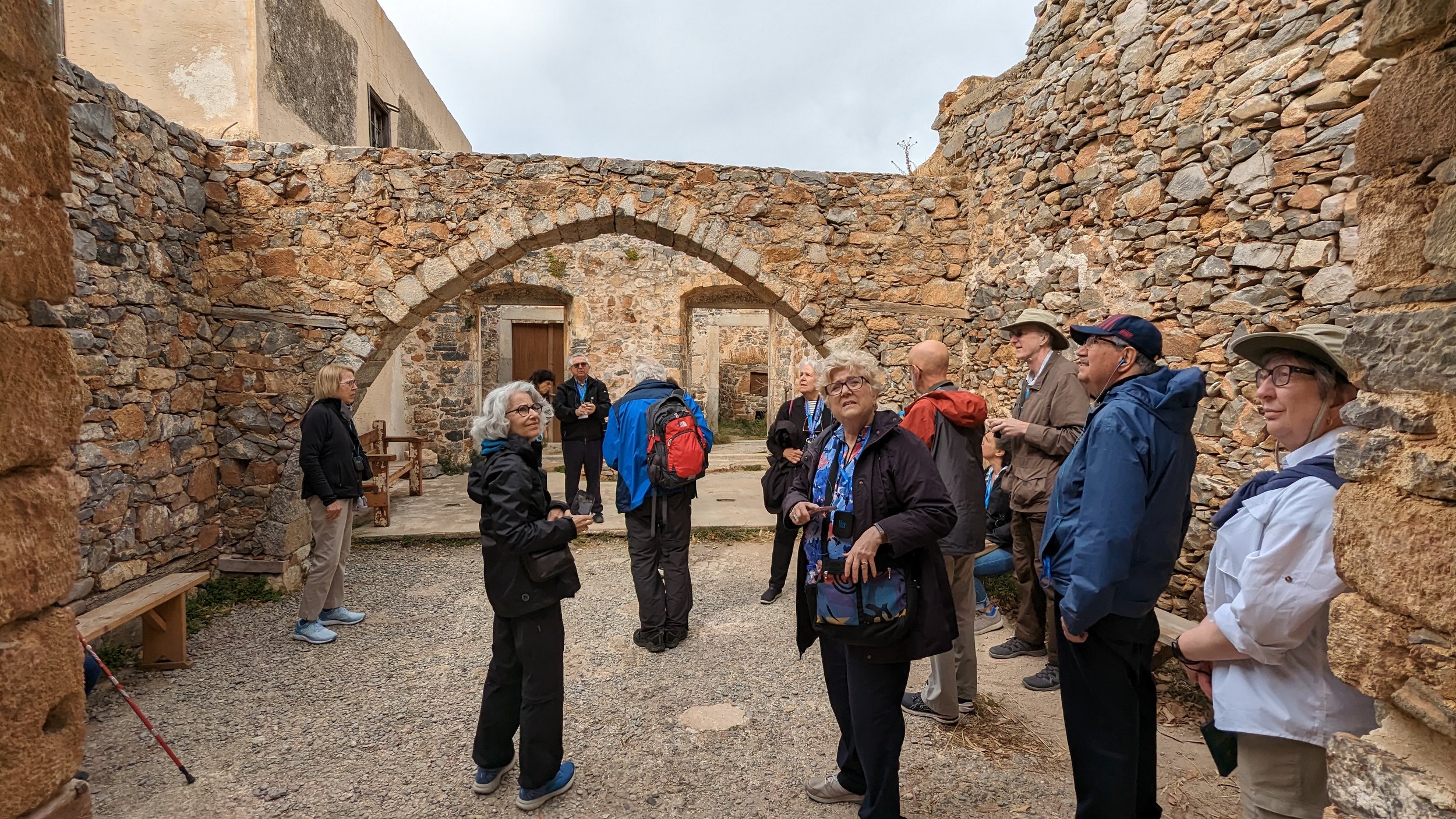


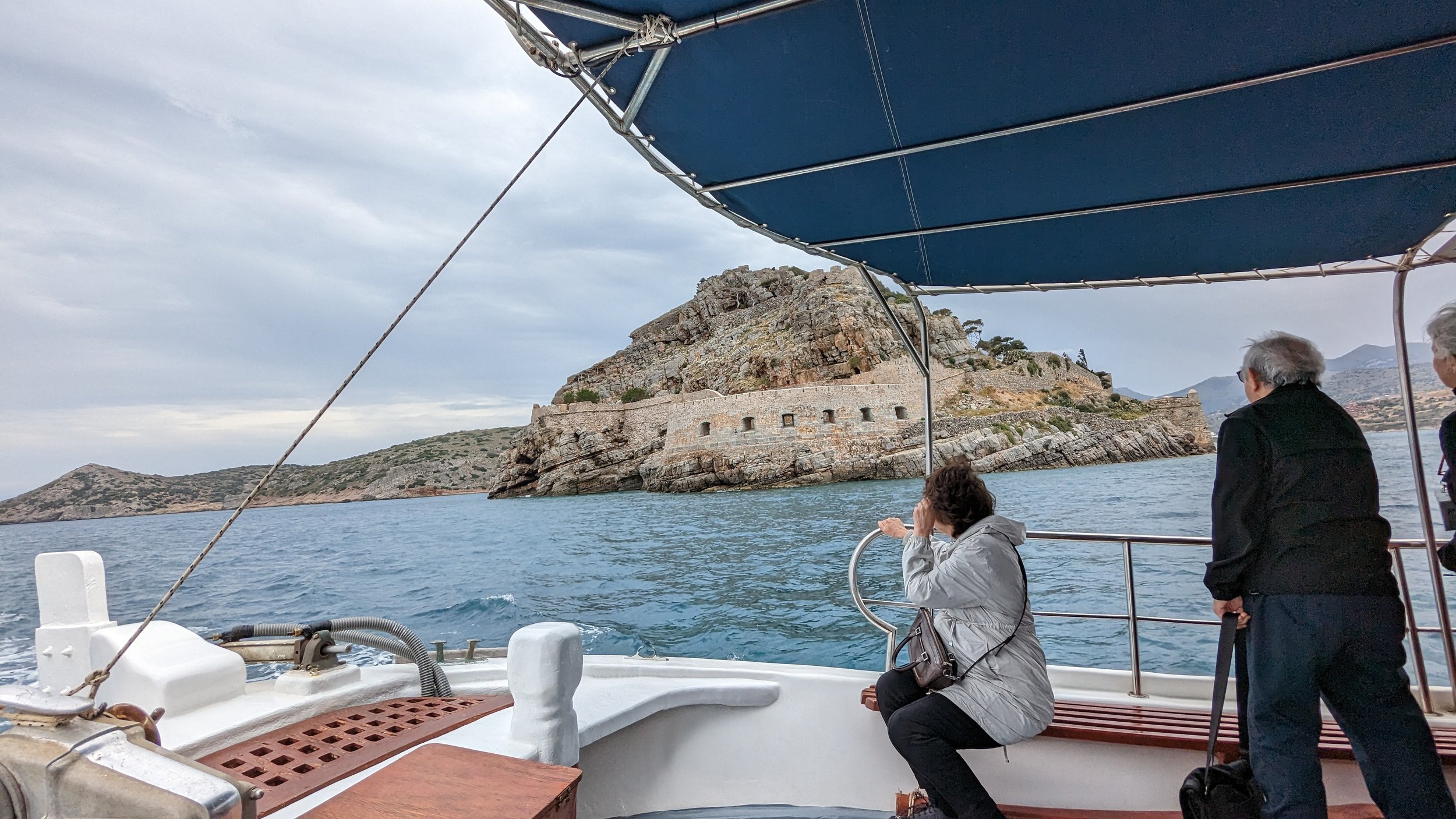



Day 11: Santorini
We took a high speed ferry over to Santorini from Crete. I was impressed that our tour guide got us on the boat, wrangled all of our luggage and got us all back off with our bags on the other end. It was sort of an every person for themselves sort of scene.






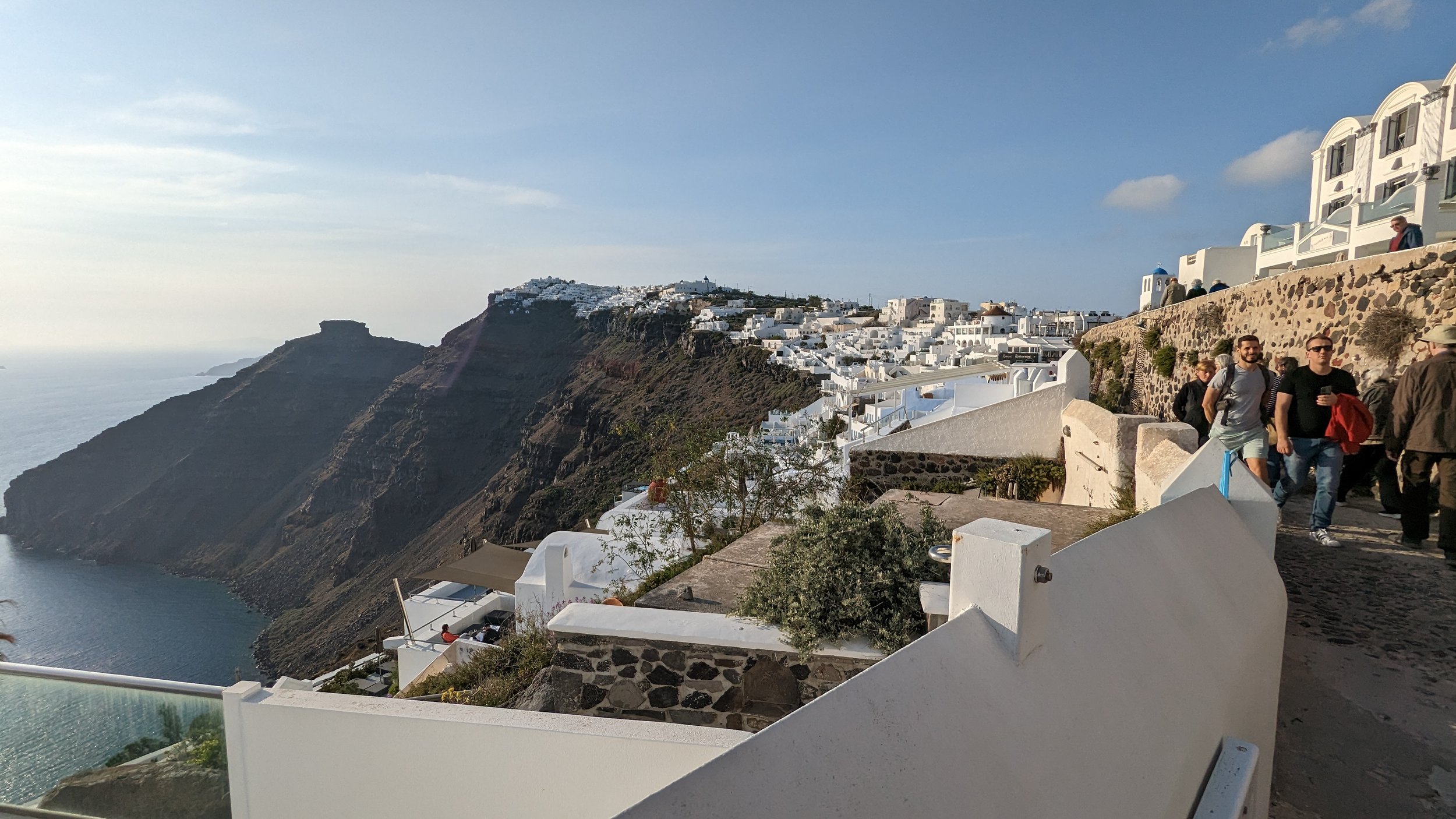
Day 12: Santorini / Akrotiri
Santorini was a Minoan settlement as by all accounts a very rich island. In 1600 BCE the volcano in the center of the island exploded creating the caldera you see above. It also buried everything in the vicinity under a very thick blanket of volcanic ash. The city of Akrotiri was discovered by a shepherd when his goat went down a hole in the ash covering and he found evidence of buildings there. It was on the side of the island that was lightly covered with ash only 30 feet or so. Subsequent excavations have uncovered the city center and about ten percent of the town. It is preserved very well including casts of furniture and other household items that decayed inside their compacted ash enclosure.










Day 13, 14: Travel back to Athens and then to the US
We flew back from Santorini to Athens and had a night to have an excellent farewell dinner in the same roof top restaurant/bar we started in. The only excitement on the way home was a delay getting out of Athens to Munich made our connection very tight. But by some fairy magic there was nobody in passport control when we got there and we zipped through to our gate. We were a little winded but we made it.
We really enjoyed the trip, the museums, sites, hotels, restaurants, the countryside all lived up to our expectations.

